Gelderland Province (Kingdom of the Netherlands)
- Agreement on cooperation agreement of 19 June 2000
- Framework Cooperation Programme for the years 2017-2021
Area: 5,137 km²
Population: 2 million
Capital: Arnhem (150 thousand inhabitants)
Gelderland, the largest province in the Netherlands, is situated in the central-eastern part of the country. The capital of the region is Arnhem (famous from the history of II world war), the second most important city is Nijmegen – the oldest town in the Netherlands. The showcase of Gelderland is, among others, the University and Research Centre in Wageningen – one of the most advanced world institutes of modern food technologies. The Gelderland Province is a very strong region in the European Union, proof of which is the granting by the Committee of the Regions of the “European Entrepreneurship Region” award to Gelderland in 2018.
The Gelderland Province is one of the oldest partner regions of the Lubelskie Voivodeship. Both regions are connected by strong historical ties. One of most important elements joining us is the participation of Polish soldiers in the Market Garden Operation – one of the biggest airborne operations in the second world war. The first Polish Independent Parachute Brigade of gen. Sosabowski took part in these military actions – the brigade became famous for the glorious attitude of the soldiers. It is worth emphasising that for many years the Dutch have been expressing their gratitude to the Polish soldiers who died in the market Garden Operation, proof of which is the building of the monument on the Polish Square in Driel in honour of the Polish soldiers, as well as founding gen. Sosabowski’s memorial. Dutch society also takes care of the graves of the soldiers killed in the battles including the numerous graves of the Polish soldiers. Representatives of the Lubelskie Voivodeship have been taking part in the official Market Garden commemorative events, which are held in Arnhem and nearby villages every year. The second important historical element is Sobibór, where approx. 30 thousand Dutch Jews were killed. The Kingdom of the Netherlands, including the Gelderland Province itself, have been supporting the Museum of the Former Death Camp in Sobibór both in the form of financing infrastructure projects implemented in the former camp as well as supporting other initiatives aimed at preserving the memory of the tragic events and the citizenship education of young people. An example of this activity is the financial support given to the project “Tragic history – common remembrance” implemented by the Polish-German Reunion Foundation.
A permanent element of cooperation are also internships for students of Dutch philology (Catholic University of Lublin). Under this initiative, a number of students from Lublin University have served an apprenticeship in the administration of the Province of Gelderland.
In recent years there have been several study visits concerning issues such as water management, development of rural areas, bicycle tourism and bioeconomy. A new and promising sector of the cooperation is the health and innovation sector.
The currently binding Framework Cooperation Programme covers the years 2017-2021 and it indicates three main areas of cooperation:
- support of construction of the remembrance centre in the Museum of the Former Death Camp in Sobibór;
- implementation of joint actions and projects, for example in the fields of the development of rural areas, academic cooperation, economy, tourism, water management and transportation policy;
- exchange of students (internships).


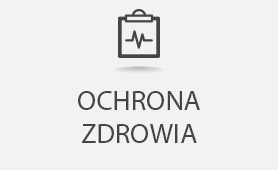

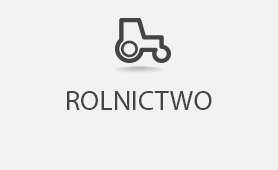



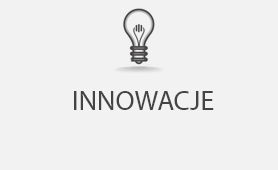


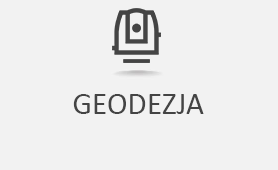

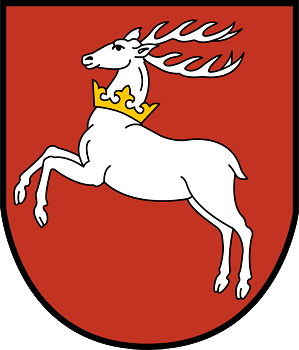 Oficjalny portal województwa lubelskiego prowadzony przez Urząd Marszałkowski Województwa Lubelskiego
Oficjalny portal województwa lubelskiego prowadzony przez Urząd Marszałkowski Województwa Lubelskiego